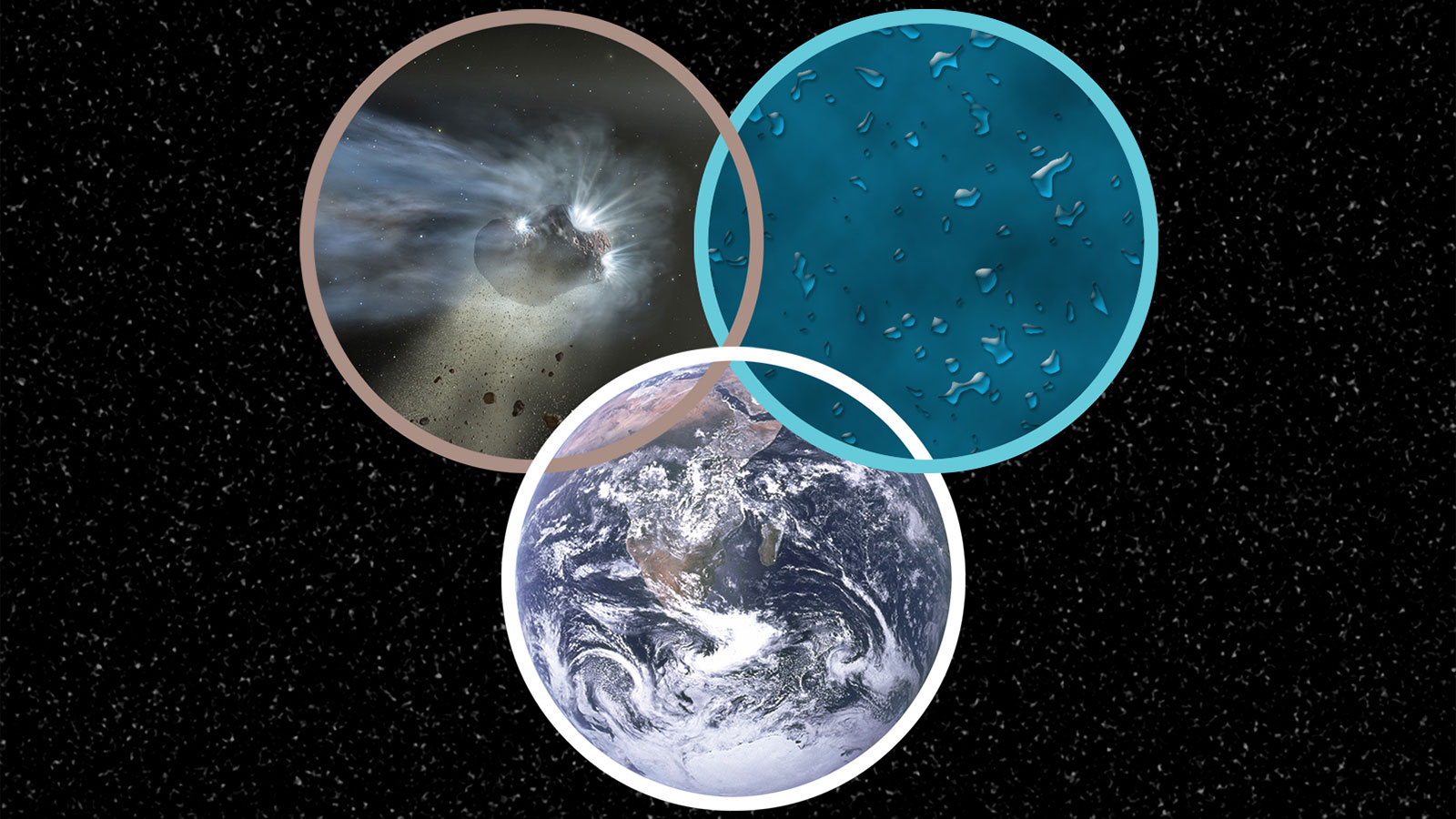
Scientists have uncovered clues to the source of Earth’s bountiful water. New research shows that water carried in comets may originate from the same source as water in the Earth’s oceans, suggesting that water could have been carried to our planet by comets millions of years ago.
Comets are small, icy bodies which melt and vaporize when they pass the Sun. This vaporization is what produces their famous tails. NASA’s Stratospheric Observatory for Infrared Astronomy (SOFIA) observed a comet called Comet Wirtanen during its close approach to Earth in December 2018, and noted that it contained water similar to that found in our oceans.
The scientists looked at the ratio of water to heavy water (water with an extra neutron inside one of the hydrogen atoms) in both sources and found the comet’s water had the same ratio as ocean water.
But the members of the team were surprised when it compared the SOFIA data to older studies of comets, as they discovered that the amount of heavy water was not related to the origin of the comet as they had expected. Rather, the amount of heavy water was affected by whether water was mostly released from the halo of matter around the comet or from its surface.
“This is the first time we could relate the heavy-to-regular water ratio of all comets to a single factor,” Dominique Bockelée-Morvan, scientist at the Paris Observatory and the French National Center for Scientific Research and second author of the paper, said in a statement. “We may need to rethink how we study comets because water released from the ice grains appears to be a better indicator of the overall water ratio than the water released from surface ice.”
The data were collected by SOFIA, NASA’s laboratory aboard an airplane, which can fly above most of the water in Earth’s atmosphere. This water interferes with distant signals, so moving above it allows scientists to collect more accurate data and to see more distant cosmic events. These findings give weight to the idea that water arrived on Earth from elsewhere, but studies on more comets are required to confirm that.
“Water was crucial for the development of life as we know it,” Darek Lis, a scientist at NASA’s Jet Propulsion Laboratory and lead author of the study, said in the statement. “We not only want to understand how Earth’s water was delivered, but also if this process could work in other planetary systems.”



